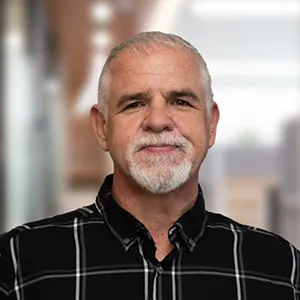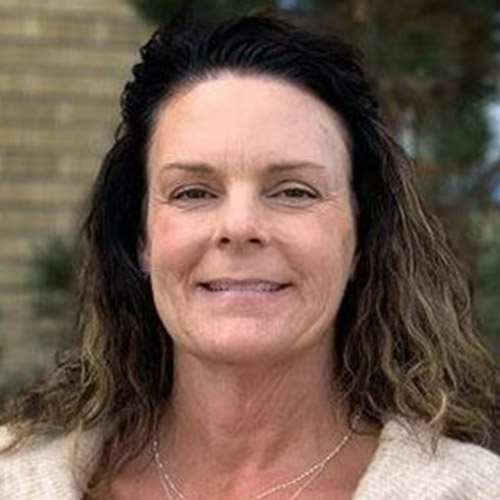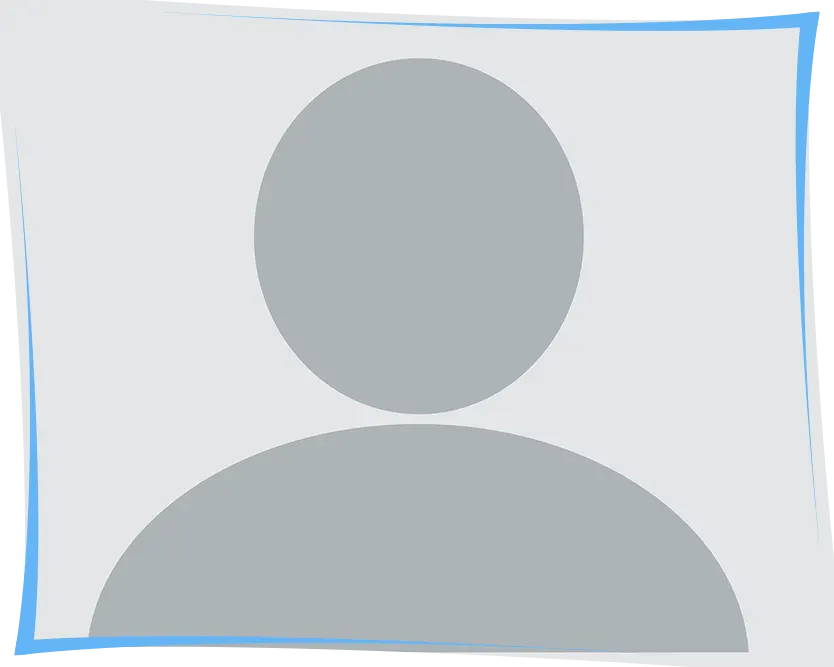STEP SIX
“We are entirely ready to have God remove all these defects of character.”
Now that we have taken a personal moral inventory in step four and admitted our flaws to a trusted individual in step five, we are now ready for step six. In step six of the twelve-step program, we look at our defects of character, cultivate an acceptance of these defects, and then develop a willingness to let them go. These defects of character may be some of the ways be behave or cope that have contributed to our problems.
If you are reading this and think to yourself, ‘How on earth do I develop a willingness to let these defects go?’ You are not alone. It is certainly easier said than done.
One thing that gets in the way of developing a true willingness to let defects of character go is that human beings are creatures of habit. We find a behavior or coping strategy that seems to work and may continue to rely on that behavior or coping strategy for a long time, even when that behavior or coping strategy does not align with our personal values.
For example, we may value interpersonal connection and close relationships, yet we get angry when we start to feel rejected. Our anger thus pushes others away from us, which is directly at odds with our value of interpersonal connection and close relationships. However, we may continue to get angry because that is how we have historically coped with rejection. Something about this anger probably feels comfortable. It is an automatic response as this pattern has likely been a part of us for a long time. With individuals struggling with addiction, this pattern could be fertile ground for relapse.
In step six, we focus intently on the behaviors or coping strategies, in this case anger, that contribute to an individual’s struggles. Below, I have included a step-by-step guide on how to work through personal challenges. Write down the answer to each question and repeat the steps as necessary for each challenge that comes to mind.
- What is a struggle you face?
- How does that struggle influence your behavior?
- How does this struggle impact others?
- How does this struggle impact you?
- What feelings come up in thinking about this struggle?
- What do you do to deal with these feelings?
- What do you imagine your life would look like if you didn’t deal with the feelings this way?
- What productive alternatives could you employ instead?
By reflecting upon and recognizing the ways in which our struggles, feelings, and actions interact, we are better able to do something different. We build a deeper relationship with ourselves, develop a motivation to change, and a willingness to try something new. It may be scary to break a longstanding pattern, but it opens up the possibility of meaningful, positive change.
By Jonathan Fricke, MA

















